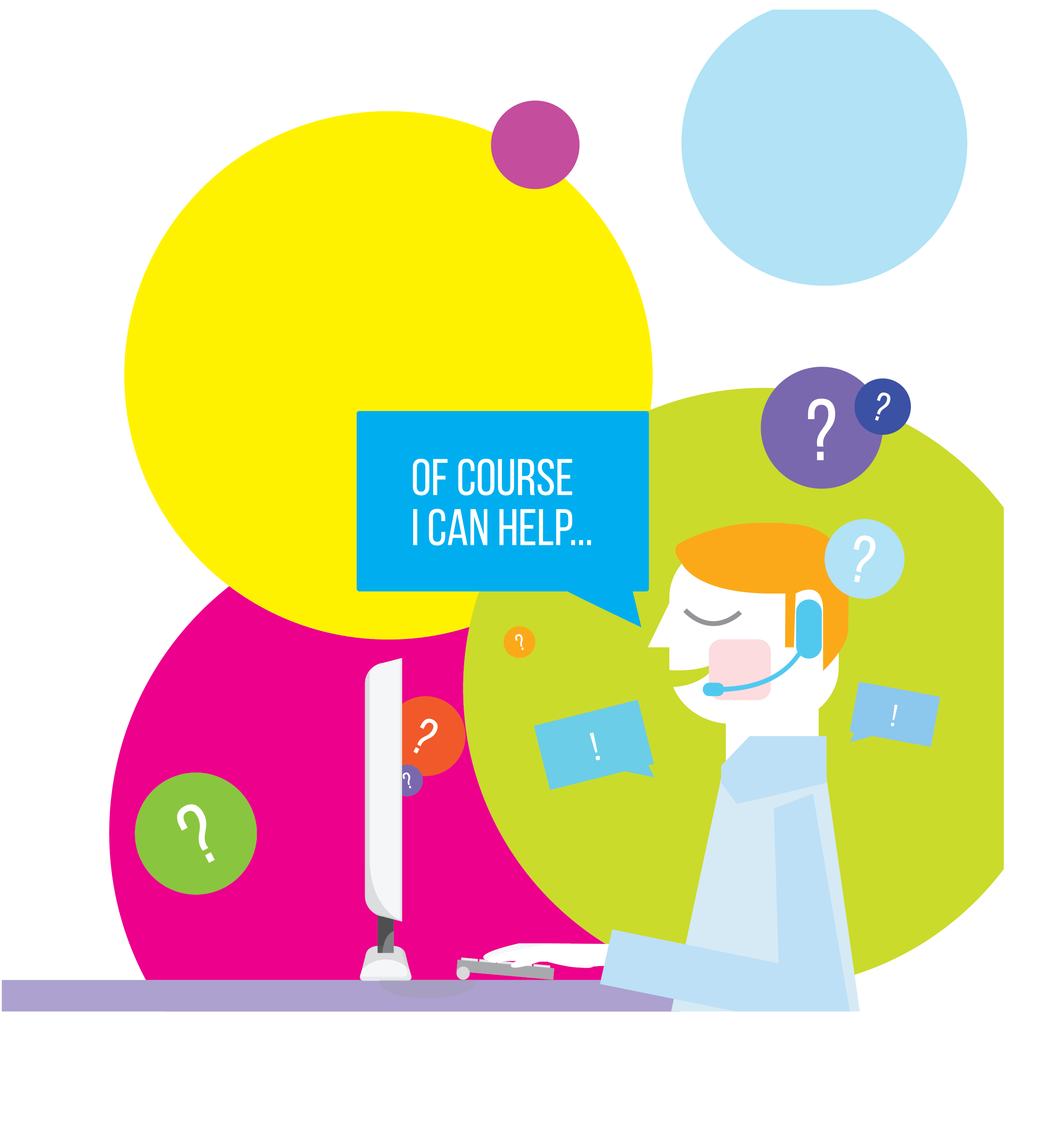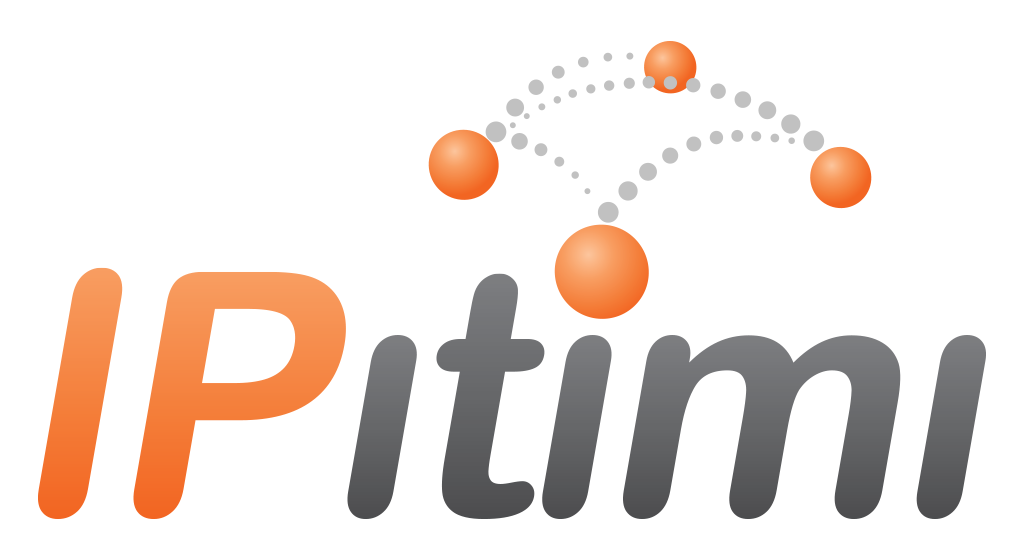
When it comes to customer service, the growing need for immediate support has taken its toll for the past decade. Today, customer satisfaction and commendation are not only measured by the quality of a product, but in the level of responsiveness and support that is provided when a customer needs it most. Call Center solutions continue to boom in popularity as a response to this need, because of the convenience and expanded reach that they provide.Балки обвязочные
Businesses can now establish a call center anywhere in the world, and provide necessary support to all customers in all locations with only a simple phone call. What could possibly be the downside? Wait for it… Wait for it… continue to wait for the next available agent… Unfortunately, waiting is the newest trend due to the large influxes of call volume. This has become an unbearable headache to customers, leading to a large percentage of call abandonment and bruising customer satisfaction. This is unproductive for both the customer, and the call center provider!
A majority of the time, people would rather dial a toll free number than make a trip out to a service center for help. So, they dial into the call center expecting to hear a friendly agent’s voice to come to the rescue. Instead, they hear hold music and the occasional recording, thanking them for being so “patient” (as if they had a choice). Depending on the wait time, there is a high probability that the customer will abandon the call, damaging the relationship and destroying the ability to provide meaningful support. If a customer DOES stay on the phone, by the time they reach a live agent, they are so frustrated that no matter how helpful the agent is, it is likely that they will view it as a bad experience and treat the call center agent poorly. Either way, the customer is not happy.
Surely something must be done about the call center challenge. Few solutions have been used to ease the problem of long wait times and call abandonment, including better staffing of call center agents according to need, and training agents to efficiently and effectively manage calls, freeing them up for the next person in line. However, this is not enough. Recently, new technologies have been developed, which have revolutionized the approach to call center management, namely, “Call-Back” technology.
Most Call-Back solutions provide callers the freedom to retain their place on the queue without needing to stay on the phone. If the expected wait time on a queue exceeds a pre-determined limit, customers can request a call back to a specified number when the next agent is available. This lessens their frustrations by allowing them to perform other tasks while waiting, and not being forced to sit on the phone listening to hold music. If they somehow miss their callback, they are placed back into the queue, and tried again on the next go-around. This fortunately reduces the possibility of call abandonment, and improves the overall customer experience. When it comes down to it, large call volumes can actually be a good thing. More calls means more people chose this product or service among others, indicating its relevance in the marketplace. So businesses should not detest queues, but embrace them for what they represent! The challenge, however, will always lie within how effectively the call center queues are managed, and it is a business’ responsibility to know their options, and improve their practice to increase customer satisfaction. Don’t make your customers wait…. And wait….




